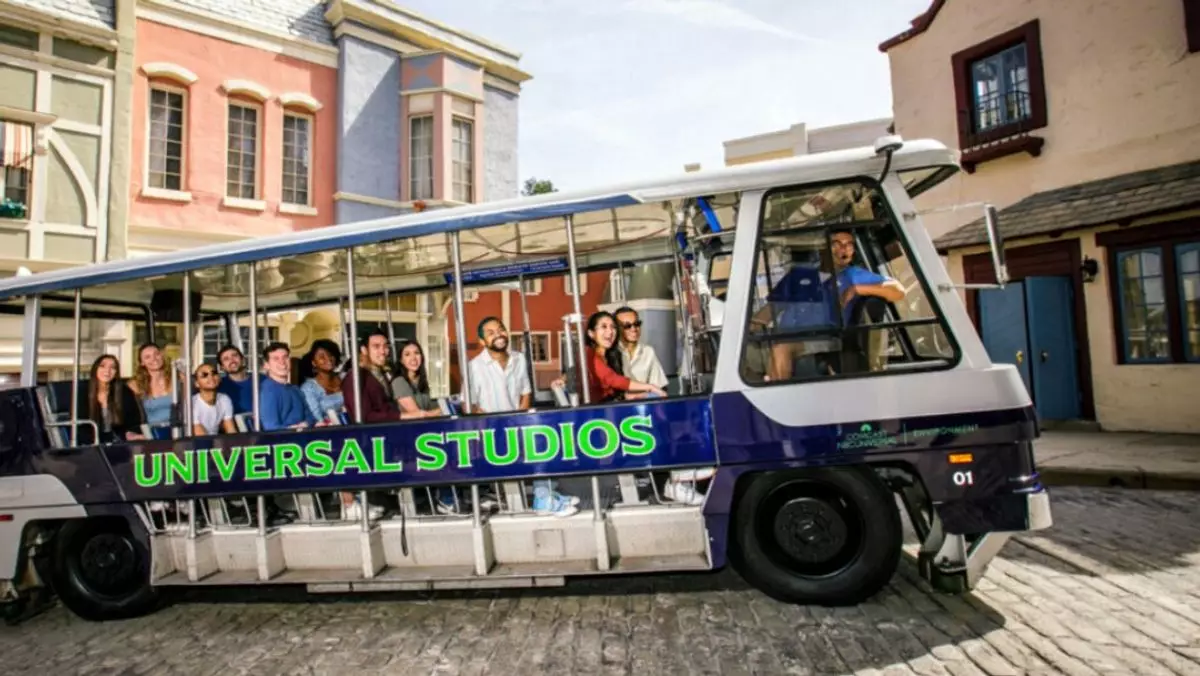On a Wednesday marked by chaos, Los Angeles County found itself grappling with the destructive impact of wildfires that ravaged wide expanses of land. In response to the escalating emergency, California Governor Gavin Newsom enacted a state of emergency. This declaration was not merely a formal step; it underscored the urgent need for resources and a coordinated response as flames threatened properties and livelihoods throughout the region.
In light of the ongoing crisis, several renowned visitor attractions in Los Angeles announced temporary closures. The Getty Center and the Getty Villa, both illustrious cultural sites, were among the first to temporarily shut their doors. The Getty institution reassured art lovers via their social media channels that while flames had jeopardized the surrounding vegetation, the art collections and architectural integrity of their buildings remained secure. Their proactive measures included extensive brush clearance to mitigate fire risks. This effort reflects a broader commitment to safeguarding cultural heritage while surrounded by persistent threats from nature.
The closure wasn’t limited to arts and culture. The iconic Hollywood Sign also announced its temporary inaccessibility through a Facebook post, with no clear timeline for reopening. Other notable venues such as Griffith Observatory and Universal Studios Hollywood followed suit, citing dangerous winds that exacerbated the fire’s spread as a critical reason for their closure. This collective action highlighted both the precariousness of outdoor venues during wildfire season and the extent of the devastation.
Transportation services were not exempt from the chaos. The Palisades Fire, expanding rapidly to almost 3,000 acres and reported as 0% contained, disrupted flights at Hollywood Burbank Airport, leading to cancellations and delays. Meanwhile, Los Angeles International Airport reported minimal impact, illustrating a mixed picture of complications across different transit points. The ramifications of the fire extended beyond the parks and attractions; the local economy, heavily reliant on tourism, braced for the potential fallout.
Tragedy struck, as reports confirmed the loss of life due to the wildfires, deepening the community’s sorrow. In a heartfelt statement, the Los Angeles Tourism and Convention Board expressed their sorrow and solidarity with affected families and individuals. Their message could be seen as a call to unity during a period marked by intense fear and uncertainty. The community’s resilience will be tested in the following days and weeks as they navigate the aftermath of this disaster.
The wildfires in Los Angeles serve as a powerful reminder of the natural threats that loom over urban landscapes, particularly in California. The swift actions taken by officials and local businesses underscore the importance of preparedness and community cohesion in the face of environmental crises. As the community begins to recover, the focus will inevitably shift towards recovery efforts and strategies for better fire management in the future. The devastation highlights the need for long-term solutions to protect both lives and cultural heritage as wildfires increasingly become part of California’s narrative.


Leave a Reply